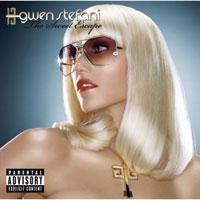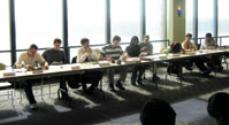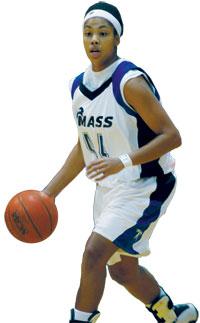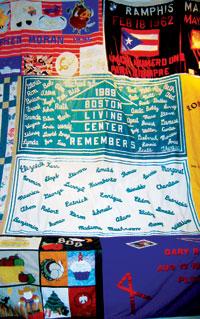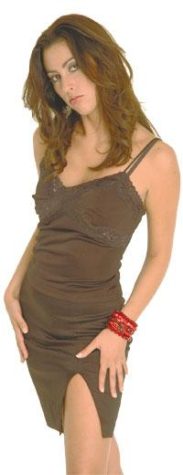River of No Return
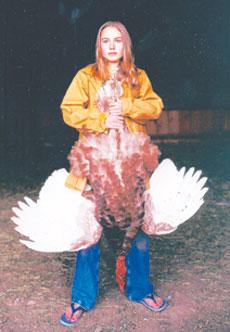
September 8, 2006
In 2003 photographer and Massachusetts College of Art professor Laura McPhee received an assignment to spend two years in the Sawtooth Mountains of Idaho documenting the vast splendor of the American west.
Forty of the more than eighty photo-graphs she took have been on display in an exhibition called “Laura McPhee: River of No Return” at the Museum of Fine Arts, Boston, from last May through September 17.
Accepted views of the American’s western wilderness include natural forests and raging rivers. Many also cling to memories or dramatizations of earlier lawless days, when one lived off the land and did so by his/her own rules.
McPhee’s exhibit challenges the view of the American West as an untouched paradise. She captures the grand beauty of the landscape, her 6 x 8′ photographs so real a viewer might believe he/she could step forward and be transported from air-conditioned, urban art museum to Idaho wilderness.
McPhee also illustrates natural and artificial changes rocking Idaho culture. Even photographs that seem only to show the rugged, idealized Idaho have bits of modern society hiding in the corners.
Photographs such as 1920s Settlers’ Cabin at the Edge of a Subdivision, Sawtooth Valley unflinchingly illustrate the intrusion of technology and affluence on once pristine wilderness and its traditions.
A series of photographs featuring adolescent Mattie McPhee (see above, center) more subtly illustrate this juxtaposition. In these photographs Mattie holds various forms of deceased poultry, a traditional view of ranch life. However, she wears trendy clothing, flip-flops, and has her toenails painted.
McPhee captures the effects of the Valley Road Wildfire, which devastated over 40,000 acres in the Sawtooth Mountains nearly one year ago today. One photograph shows verdant pine forest in crisp, vivid detail. A few feet away, an equally vivid photograph shows the same area after the wildfire, green lushness burned to barren smoky grey.
In images spanning all seasons, McPhee’s love and admiration for the land and its people are obvious. She captures everything with the same care and detail: from endless fields with intimidating mountains in the background to a freezer burned salmon, from a flatbed truck holding boulders quarried for housing developments and landscaping to pieces of a skinned elk in blood stained snow.
Standing before One Car Passing, Valley Road, Sawtooth Valley, it’s easy to imagine a covered wagon or horseless buggy rolling over the road thus pictured throwing its clouds of dust into the air.
There’s a better chance that the dust was thrown by a passing Jaguar on its way to a resort in nearby Sun Valley.
River of No Return remains
on exhibit at the Museum of Fine Arts through September 17.





















































